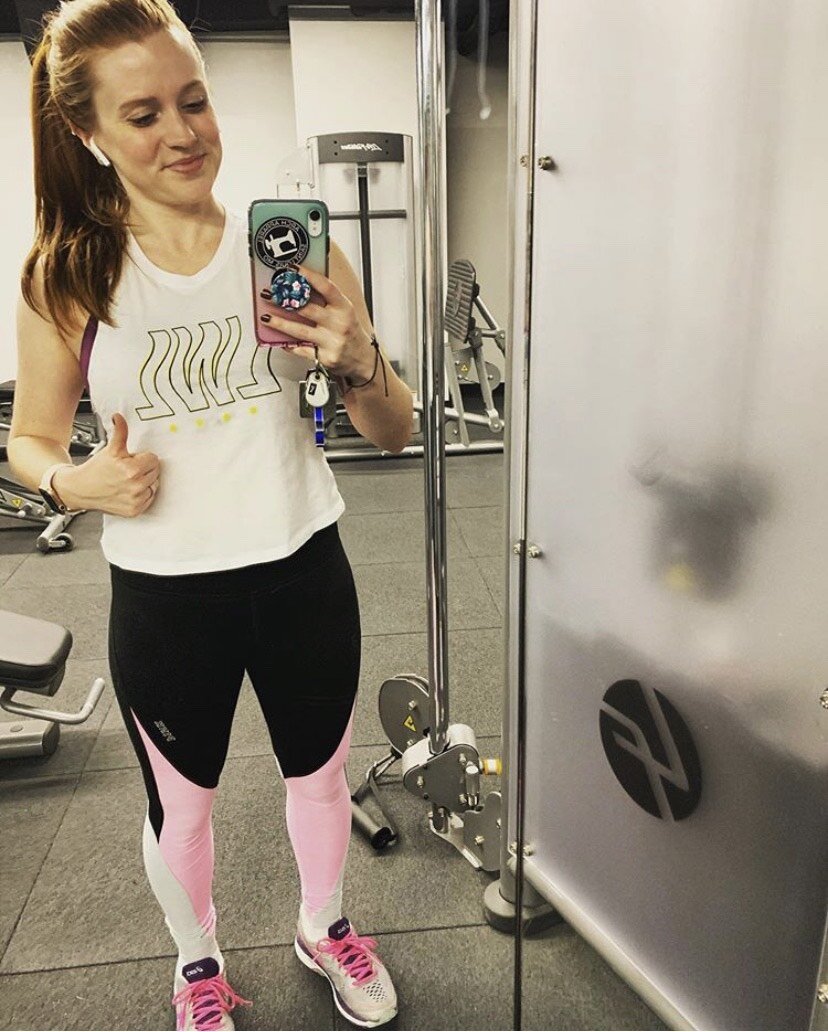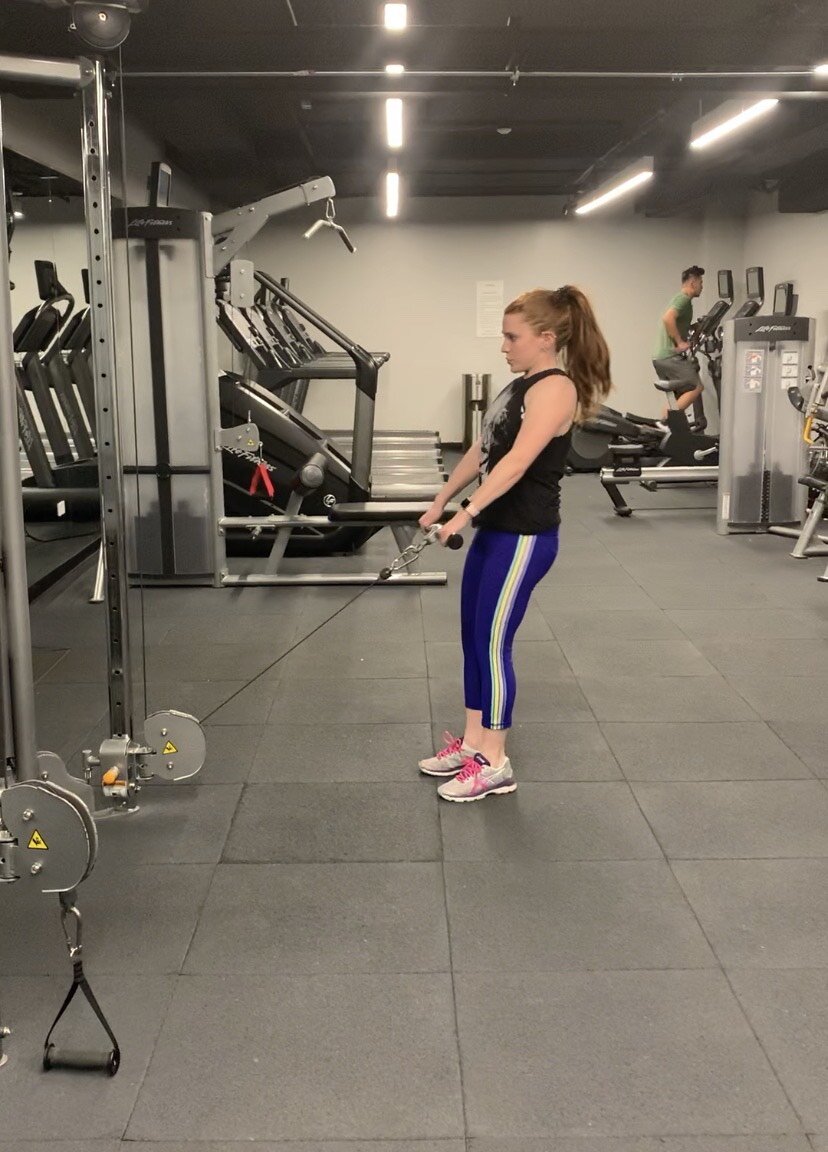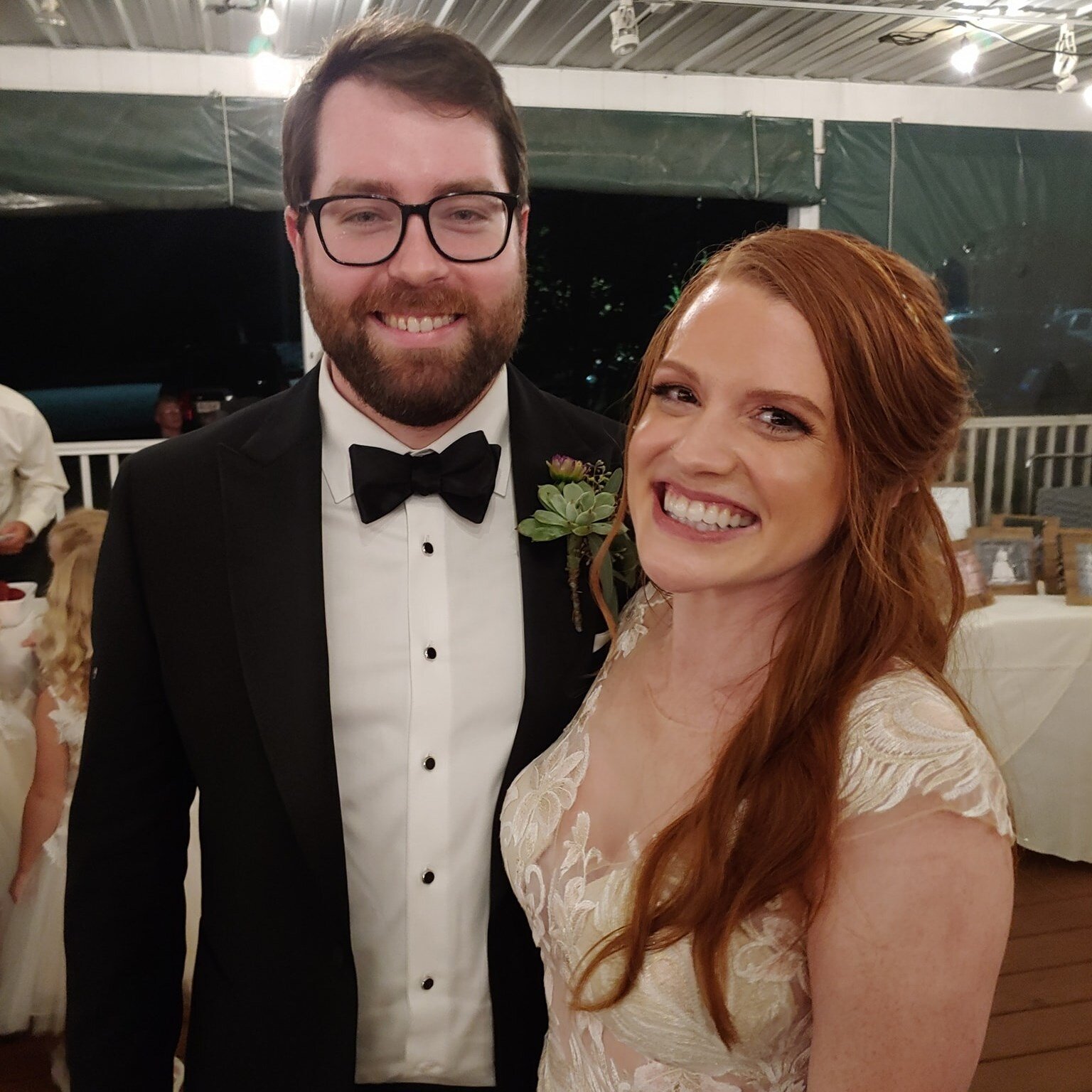Coping | Daily Life | IBD

Diet and fitness can seem like odd words to pair with ulcerative colitis. The pairing might seem a little off, counterintuitive even, like mixing water and oil – they just don’t seem to blend well, if at all.
My fitness journey started AFTER my diagnosis. I was never someone who routinely worked out or ate a healthy diet. I much preferred lounging on the couch with a bag of potato chips than running outside, lifting weights, or doing too much of anything physical. I can’t pinpoint when my Active switch flipped to on, but it started years after my UC diagnosis.
It took a while, but my motto when it comes to my IBD is “this is my new normal.” IBD changes just about everything, and in order to get through it, the way I see it, is to adapt to this new version of normal. A fluid version of “normal” that changes from the time of diagnosis.
New medication + new side effects = new normal.
New treatment option + chronic fatigue = new normal.
Whatever it is that changes, like my rotating safe-food list, I try to adapt as best as I can to my new “normal.” Even though I might pout about it for a day or two.
With that mentality though, I’ve been able to prioritize a fitness and eating routine that actually leaves me with a little more energy than normal and keeps me feeling good. It also proves to me that my body, while being defunct in some ways, is also powerful. But I didn’t figure out my fitness and diet routine right away. I tried a few different programs that boasted easy and quick workouts with a “clean” eating plan to go along with it. Well, that’s fine and dandy, but clean eating mostly involves tons of raw veggies and fruits, minimal processed items, and incorporating things into my diet (i.e. whey protein), that sent me running for the porcelain throne.
I also worked with trainers who didn’t care to learn much about IBD and the impacts it can have on energy and joints, and instead worked me to the point of exhaustion, and then would discredit my efforts.
So, I stopped with the trainers and I stopped the insane eating programs, because they just didn’t fit. I needed flexibility and I needed understanding. If you’re considering a fitness routine, and want some guidance, find someone who will give you the flexibility and understanding that you need with your IBD.

While my routines have evolved, I couldn’t be happier with where I’m at now. I work with a trainer online, via a workout app. Each month, she tailors my workouts for my goals and what I want to achieve. I don’t do cardio (it upsets my stomach), instead, I weight lift and do some yoga when I’m too tired to do weightlifting. My trainer is wonderful in that she never penalizes me for missing a day and is always there to back me up with tips and tricks for my lifting.
As far as my diet regimen goes – I eat what I want. I try to make healthy choices when I can, with my safe foods, but I don’t adhere to any one diet or guidelines. I guess you could say I’ve gone the intuitive eating route.
I found a great pea-based protein that doesn’t hurt to drink, I cook my veggies so those are easier to digest, and if I want a grilled cheese with some Kraft American Singles, I have it.
I supplement my diet with vitamins, and I choose which vitamins to take based off my blood work from my GI. Right now, I take Fish Oil, Vitamin D, Vitamin B12, Biotin (Lialda takes a toll on my hair), and Vitamin C.
My new normal has come down to:
3-4 weightlifting workouts per week + vitamins and the food that I want = a slightly less tired, more powerful me.
Anymore, I feel weird if I don’t get SOME kind of movement in my day, but I also take days to completely rest. Resting is just as important for me, because I am tired A LOT. But I also have to realize that this won’t always be the case for me. I won’t always be able to lift 3-4 days a week. I won’t always be able to eat whatever feels right and supplement with vitamins. I won’t always have the energy; I won’t always have the strength.
While that may seem harrowing, and believe me, just writing it out, it does; but I’ve been fortunate enough to find support in community, friends, and my trainer. I’ve found comfort in my new comfort foods, and right now, in this moment, I’m stronger physically and mentally than I have ever been. Even if it doesn’t last, it’s something to be proud of.
I won’t get on a soapbox and preach to you that being physically active and trying on a new diet with IBD is easy, or that anyone can do it. It’s tough, you have to work at it, and you have to be ready to know that you’re going to fail at times and recognize when to push yourself and when to hold back. Fitness and diet, at the end of the day, are about enhancing you, as you are right now. It’ll be messy, it won’t be the same as anyone else, some days will absolutely suck, but for me, the highlight reel is worth it, and I’ll take what I can.
Mandy was born and raised in St. Louis, Missouri, and her Midwestern roots have followed her ever since. She was diagnosed with left-sided ulcerative colitis in 2013, after having complications since 2009. Mandy studied technical communication at Missouri State University, receiving both a bachelor’s and master’s degree. Afterward, keeping true to the Midwest, she moved up to Chicago, bringing her love for STL-style pizza and baseball along with her.
Starting as a blogger for Girls with Guts, Mandy became hooked on the organization, and all the positivity, friendship, and support Girls with Guts has provided. She strives to keep that mission going.


I love this! I, too, have UC and I’ve found a similar routine works for me when I’m not flaring and it helps so, so much. Thank you for sharing your experience!